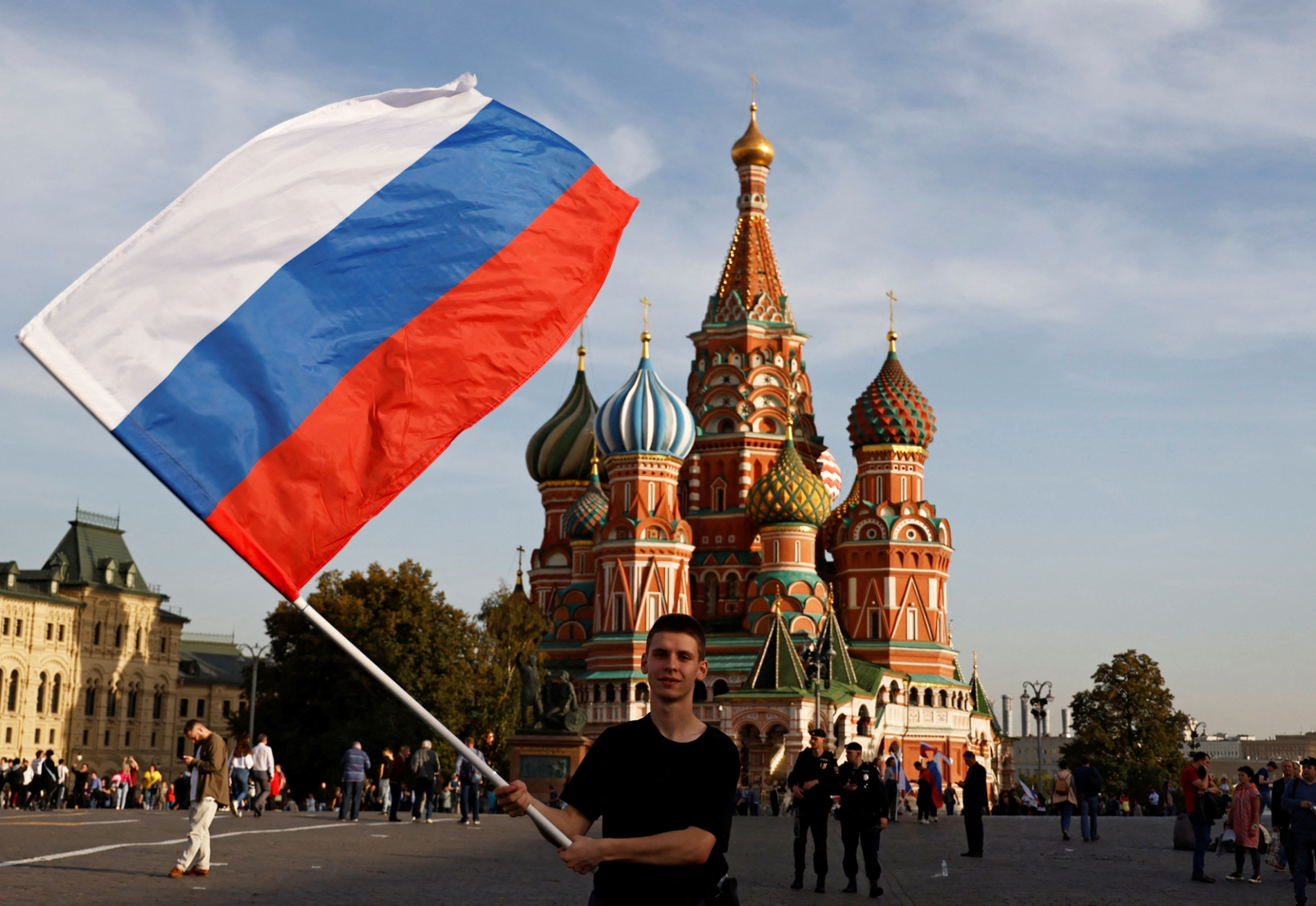Mets Mantash is a village of around 2,500 people in Armenia. The main economic activity is agricultural – growing cheap agricultural products like potatoes and carrots – and is not enough to make a living.
This means most men consider leaving, hoping to earn more abroad, often heading for Russia for several months of the year.
One of them – Vagharshak Sukoyan, who is over 50 years old – told Radio Liberty in the spring of this year that he was considering an offer of work to rebuild the city of Mariupol, which Russia has occupied during its ongoing war with Ukraine. “If they pay the price I want, I’ll go,” he said.
But the same programme revealed that not all his neighbours share such intentions. Another villager, Vardan Narimanyan, explained why: “Their currency is not worth the same anymore. I have many acquaintances there calling me over to work, but I’ve told them no, for now. It’s the exchange rate, and all the oligarchs have left the country. There isn’t as much money there as before.”
This raises an essential question with potentially wide-ranging implications: Is labour migration in Russia on the decline following its invasion of Ukraine, even from Moscow’s long-standing allies?

The official picture
There is a clear answer from official numbers, but they might not reveal the full picture.
Earlier this year, the Unified Interdepartmental Information and Statistical System – YEMISS in the Russian abbreviation – published statistics from the first quarter of 2023. They proudly stated that the number of labour migrants into the country was up by 60% in the first quarter of 2023, year-on-year, to 1.3 million.
Almost half of these migrants were from Uzbekistan, with around 350,000 from Tajikistan. There were also significant numbers of such migrants from Kyrgyzstan (172,591), Armenia (47,337) and Kazakhstan (34,783).
But put into a wider context, the latest numbers look less flattering.
In 2022, Labour migration hit its lowest level outside years featuring Covid-19 restrictions and was down 15% compared with 2019, before the pandemic hit when 1.16 million people came to Russia to work. The 2022 low point coincided with the uncertainty following the Russian invasion of Ukraine.
And there are other limits to the story the government data can tell. It tracks the number of legal work permits issued when there are also people working without paperwork, while some who have it fill more than one job.














